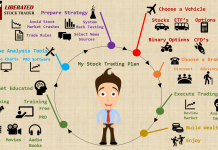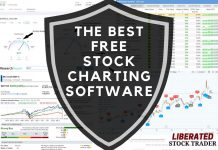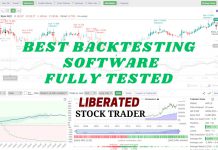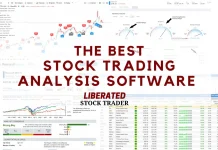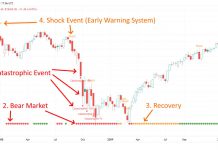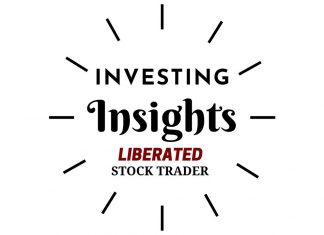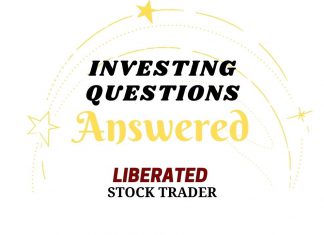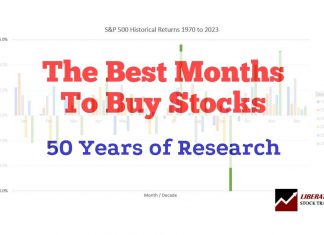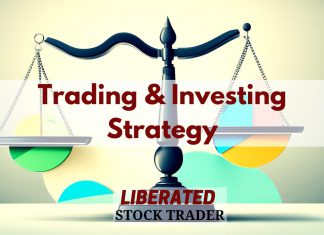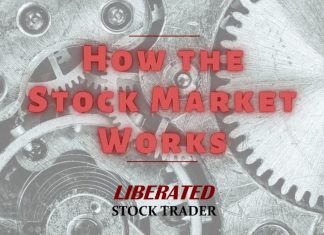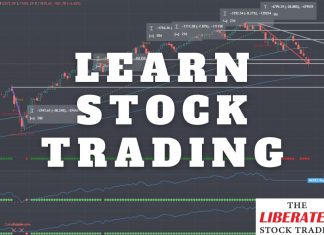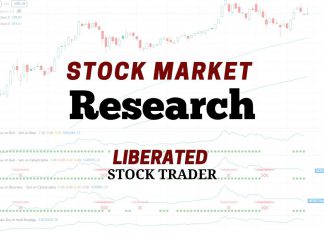How to Trade International Stocks: Global Markets Explained
Trading international stocks can open up new opportunities and risks. However, you can also trade international ETFs from your home country, which will give you exposure and reduce risk through diversification.
A Traders Guide to the Short Sale Rule (SSR)/Uptick Rule
When a stock's price declines significantly, the Short Sale Rule triggers a temporary restriction that prevents investors from shorting the stock unless the price is above the current highest bid.
Dollar Cost Averaging (DCA) Examples & Strategy For Investors
Dollar cost averaging is an investment strategy that divides the total investment amount across periodic purchases, reducing risks from lump-sum investments and capitalizing on market price variations.
The Best Month to Buy Stocks: 53 Years of Analysis
According to our research, using 53 years of stock exchange data, the best time to buy stocks is in October, and the best time to sell stocks is in July.
Track Your Trades With Our Free Excel Stock Tracker
Our Excel stock tracker tool is an easy way to manage your investments. With our Excel stock tracker, you can keep track of portfolio performance, analyze financial data, and more.
Avoiding Freeriding & Good Faith Violations in Stocks
Freeriding refers to an investor buying and then selling securities in a cash account without having the necessary settled funds to cover the purchase. This action violates regulations set forth by governing financial bodies and can lead to a freeze on the investor's ability to trade.
How You Can Buy Stocks Online Without A Broker
You can buy stocks online without a broker using a transfer agent, a direct purchase plan, a dividend reinvestment plan, or your company's stock purchase plan. Alternatively, you can use a commission-free brokerage.
What Are Points in Stocks, Bonds, Futures & Forex?
A one-point move in a stock price equals a one-dollar change. When someone says a stock is down two points, its price has declined by two dollars. Points in a stock index are similar to points in a stock, but instead of referring to the actual stock price, they refer to an index's performance.
Stock vs. Share Price: Open, Close Bid, Ask & Spread Explained
A stock price represents a share of a company in the US, while the share price is more commonly used in the UK, Australia, and other parts of the world.
Why Avoiding Stock Leverage and Margin is Key to Profits
Using stock leverage, which involves trading stocks with a margin account, leveraged ETFs, or stock options, can be a double-edged sword. It has the potential to magnify both your gains and losses.
Can You Buy and Sell Stock on the Same Day?
Yes, you can buy and sell the same stock on the same day four times weekly in the USA. If you day trade more often, you must follow the FINRA rules on Pattern Day Trading (PDT), which means being a registered day trader and having a $25K minimum account balance.
How old do you have to be to buy stocks?
Individuals need to be 18 years old to trade stocks. However, parents can open a custodial account with a brokerage for a minor and...
Averaging Up & Averaging Down in Stocks Strategy Explained
To average up and down in stocks, buy more shares at a lower price when the stock price drops (averaging down) or fewer shares at higher prices when it rises (averaging up). This technique capitalizes on market movements with limited risk by lowering the cost basis and potentially increasing returns over time.
Yes, You Can Owe Money on Stocks? Here’s How to Avoid...
Yes, you can owe money on stocks if you buy stocks through a margin account. A margin account allows you to borrow money from your broker to buy more stocks than you could with just the cash in your account. If your trade moves against you, you could end up owing money.
How Many Stocks Should You Own According to Academic Research
According to four academic research papers, you should own at least 10 stocks to achieve 90% diversification. If you own 20 to 30 stocks, your portfolio will perform better than average.
How to Use Market, Limit & Trailing Stop Orders in Trading
Limit, market, and stop limit orders, help ensure you get the best possible stock purchase price. Stop limit, stop market, and trailing stop orders help sell your stocks for profit or limit your risk.
How Long Should You Hold A Stock? Research & Facts
According to my research, during a bull market, investors should hold a stock for between 50 and 300 days to allow profits to develop optimally. The ideal hold time for swing traders is 45 days for an average profit of 30%.
What are Lot Sizes in Financial Markets?
Lot size refers to the standardized number of units of a security or asset involved in a transaction. By ensuring uniformity in trade volumes, lot sizes facilitate the smoother functioning of financial markets.
Common vs. Preferred Stock: Strategy Differences & Examples
Common stock has voting rights and price appreciation in line with market prices, whereas preferred stock does not. However, preferred stock has higher priority dividend payments and liquidity rights in case of insolvency. The downside of preferred stock is that it has no voting rights, and they are callable.
Sell In May And Go Away! Is It True? Debunking the...
Our 60 years of research shows that the stock market maxim "Sell in May and go away" is misleading and detrimental to your investing performance. The 60-year average return of June, July, and August outweigh any losses incurred during bad years.



